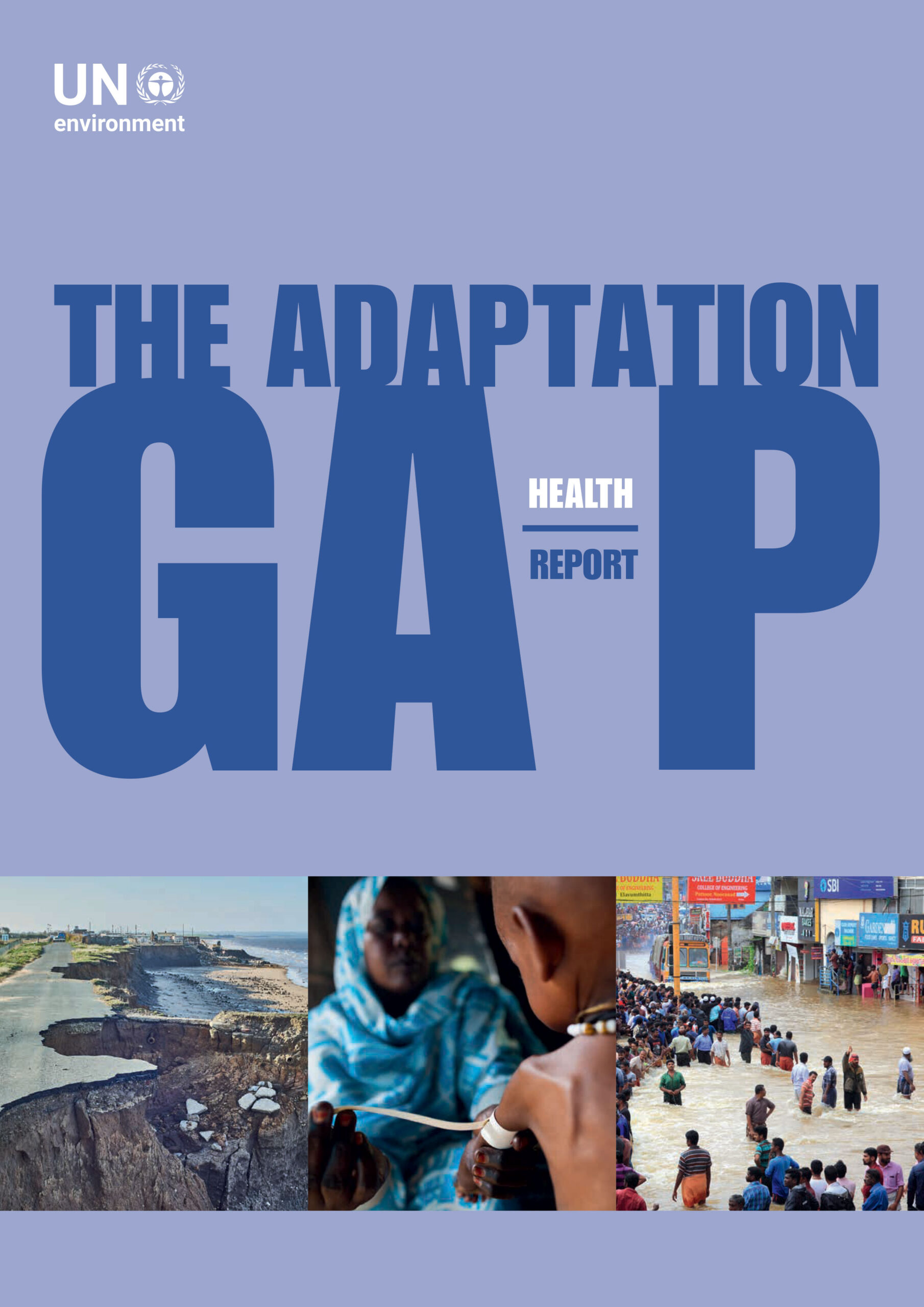NOVEMBER 04,2023
by staff-login | Nov 4, 2023 | Uncategorized

UNESCO’S CREATIVE CITIES NETWORK (UCCN)

- Kozhikode, a city in Kerala, and Gwalior, a city in Madhya Pradesh, have been included in UNESCO’s Creative Cities Network (UCCN).
- These cities were chosen to represent specific creative fields, with Kozhikode falling under the category of literature and Gwalior under music.
- Indian cities that are part of this network include Varanasi (music), Srinagar (crafts and folk arts), Hyderabad (Gastronomy), Jaipur (Crafts and Folk Arts) and Chennai (music).
UNESCO Creative Cities Network:
- The UNESCO Creative Cities Network (established in 2004 by UNSECO), consists of 350 cities in over a hundred countries.
- Its purpose is to encourage cooperation among cities that recognize creativity as a key element for sustainable urban development
- It is given under seven Categories.
- Crafts and folk arts 2. Media arts 3. Film
- Design 5. Gastronomy 6. Literature and
- Music.
- The network aims to leverage the creative, social, and economic potential of cultural industries, aligning with UNESCO’s objectives of promoting cultural diversity and enhancing resilience to challenges like climate change, inequality, and rapid urbanization.
- It promotes a culture of creativity in urban planning and solutions to urban issues.
THE ADAPTATION GAP REPORT

- The Adaptation Gap Report is an annual publication from UNEP.
- It is released just ahead of the year-ending climate change conference.
- It presents the global situation of adaptation to climate change.
- This year focuses on adaptation finance, or the availability of money to carry out the adaptation projects.
- Depending on their specific needs, countries have been taking a range of adaptation measures.
- These can be in the form of strengthening of coastlines, or building of sea-walls especially in island countries, experiments with newer temperature-resistant food crops, creation of climate-resilient infrastructure, securing sources of water, or a whole lot of other similar efforts that help the local populations cope better with rising temperatures and its impacts.
- Under the international climate change architecture, developed countries are mandated to provide money, and technology, to help the developing countries adapt to climate change.
- It found that the adaptation finance gap is widening and now stands at between $194 billion and $366 billion per year.
DELHI’S AIR QUALITY – ‘SEVERE’ CATEGORY
Why is in News?
- Delhi’s air quality hit the ‘severe’ category.
- The city’s AQI skyrocketed to 471.
About Graded Response Action Plan (GRAP)
- GRAP is a set of emergency measures that kick in to prevent further deterioration of air quality once it reaches a certain threshold in the Delhi-NCR region.
- It was approved by the Supreme Court in 2016 after the Supreme Court’s order in the matter of M. C. Mehta vs. Union of India (2016) and notified in 2017.
ZIKA VIRUS
Why is in news?
- Karnataka Health department is on high alert mode after Zika Virus is detected
About Zika virus:
- Zika virus belongs to the family Flaviviridae and the genus Flavivirus.
- Zika virus was first identified in 1947 in the Ziika Forest of Uganda, where it was isolated from a monkey.
- In 2016, the World Health Organization (WHO) declared Zika virus a Public Health Emergency of International Concern (PHEIC).
How is Zika virus transmitted?
- Zika virus is primarily transmitted by the bite of infected Aedes mosquitoes.
- These mosquitoes can also transmit other diseases such as dengue, chikungunya, and yellow fever.
- Zika virus can also be transmitted from a pregnant woman to her fetus during pregnancy or at the time of delivery, resulting in congenital Zika syndrome, which includes microcephaly and other birth defects.
- Zika virus can also be transmitted through sexual contact with an infected person, as the virus can persist in semen, vaginal fluids, and other body fluids for several weeks or months after infection.
- Zika virus can also be transmitted through blood transfusion, organ transplantation, or laboratory exposure, although these modes of transmission are very rare.
- Symptoms and effects of Zika virus infection:
- Most people infected with Zika virus do not develop any symptoms, or only have mild symptoms that last for 2 to 7 days.
- These symptoms may include fever, rash, headache, joint pain, muscle pain, conjunctivitis, and malaise.
- Some people infected with Zika virus may develop complications such as Guillain-Barré syndrome.
- It is a rare neurological disorder that causes muscle weakness and paralysis.
- There is no specific treatment or vaccine for Zika virus infection.
PLACES IN NEWS
Hunga Tonga-Hunga Ha’apai Volcano
- The Hunga Tonga-Hunga Ha’apai is an underwater volcano.
- It is located in the Pacific Ocean.
- It is part of the Tofua Arc.
- It blasted an enormous plume of water vapour into the stratosphere
- The first recorded eruption at this site occurred in 1912.



